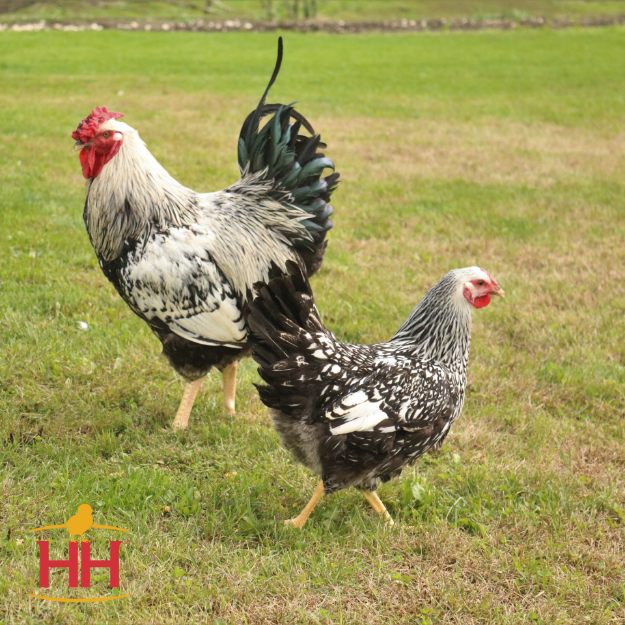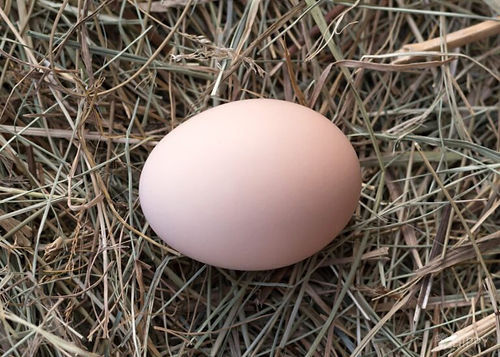Sunflower Seeds for Chickens a Protein Boost During Molting
Molting is a natural and essential part of a chicken’s life! It’s when they shed old feathers and grow new ones. Some hens molt lightly, while others go through a dramatic hard molt where it looks like they exploded feathers everywhere. Either way, it can be stressful for both the flock and you but it’s completely normal!
Because feathers are made mostly of protein, molting requires a lot of energy. During this time, chickens often slow down or pause egg production as their bodies shift nutrients toward feather regrowth. Without enough protein in their diet, molting can take longer and feather quality may suffer. That’s why offering the right nutrition makes such a big difference!
One of my favorite easy, natural protein boosters? Sunflower seeds!

Why Sunflower Seeds Help During Molt
Black sunflower seeds are a nutritious, flock-friendly snack packed with:
-
High-quality protein for feather regrowth
-
Healthy fats for energy
-
Vitamin E and B vitamins for immunity
-
Antioxidants for overall feather and skin health
Unlike striped sunflower seeds, black oil sunflower seeds have thinner shells, making them easier for chickens to crack and digest, no extra effort needed.
How to Feed Sunflower Seeds to Your Flock
Sunflower seeds are a treat, not a replacement for a balanced, high-quality layer feed. They are higher in fat, so moderation is key. A little goes a long way!
How I Serve Sunflower Seeds: I actually use Happy Tract, which already has black oil sunflower seeds mixed in, along with essential oils and other gut-supporting ingredients. This way, they’re not just getting the protein for feathers, they’re also getting digestive support and immune support when they need it most. I like to scatter Happy Tract in the run so the girls can scratch around and forage while they snack. It keeps them active and occupied!
General Guideline: A small handful of just sunflower seeds or a couple of handfuls of Happy Tract per flock per day during molt is plenty.
Extra Benefits During Molting Season
Because sunflower seeds support your chickens inside and out, you’ll often see:
-
Softer, shinier feathers
-
Stronger immune response
-
Better energy (molting is tiring!)
-
More comfortable feather regrowth
To really support your flock during molt, I pair Happy Tract and other protein-rich snacks with Flock Fixer in their water. The vitamins, electrolytes, and immune support in Flock Fixer help keep them hydrated and comfortable while feathers grow back in.
My molting formula: Good feed + added protein + hydration support = a smoother molt.
The result? Happier hens and beautifully restored feathers!
Until next time,
– The Wing Lady











